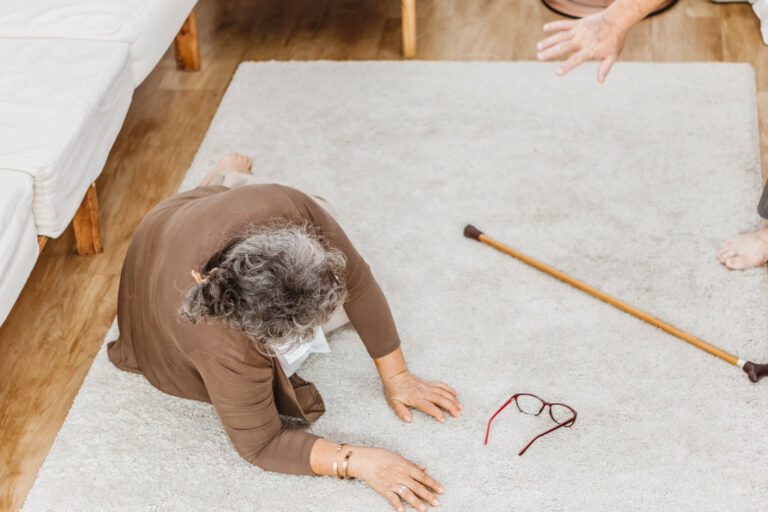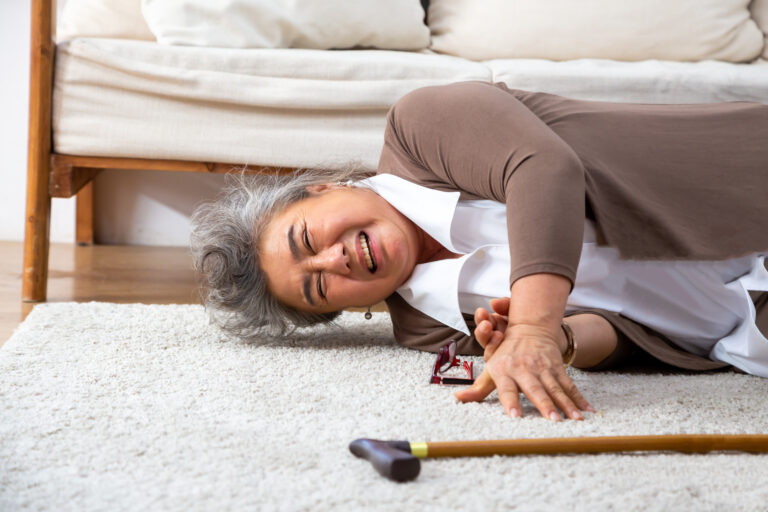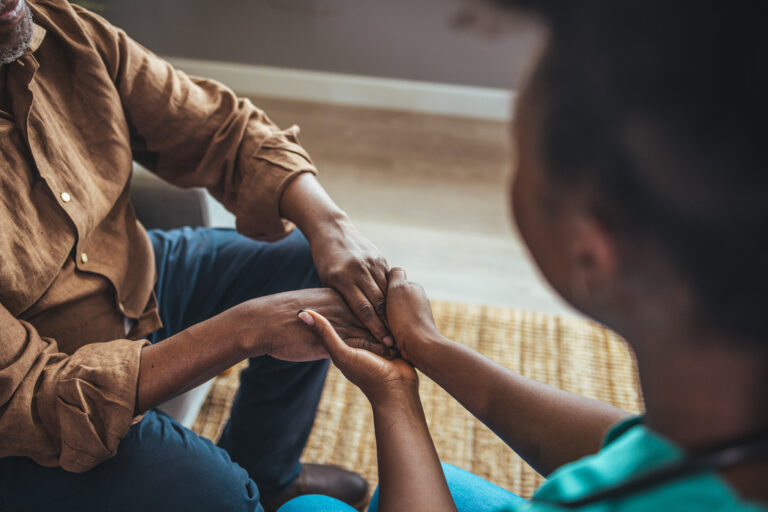Can Joint Pain Be Reversed Naturally?
Joint pain affects millions of people worldwide, and many are searching for ways to manage or even reverse it without relying solely on medications or invasive procedures. The good news is that emerging research and clinical evidence suggest that natural approaches can play a significant role in reducing joint pain and potentially reversing some forms of arthritis, particularly when caught early.
Understanding Joint Pain and Arthritis
Before diving into solutions, it’s important to understand what causes joint pain. Osteoarthritis is the most common form of arthritis, occurring when the protective cartilage that cushions the ends of bones gradually wears down over time. This deterioration leads to pain, stiffness, and reduced mobility. The knee is one of the most commonly affected joints because it bears significant body weight and is prone to wear and tear.
The question of whether joint pain can be reversed naturally depends on several factors, including the severity of the condition, how early intervention begins, and the commitment to lifestyle changes. Recent research from Harvard Health Publishing and other major medical institutions provides encouraging evidence that natural therapies can significantly reduce pain and improve joint function [1].
The Power of Non-Drug Therapies
One of the most significant findings in recent years comes from a comprehensive analysis of nearly 10,000 patients. This sweeping review revealed that knee braces, hydrotherapy, and exercise stand out as the most effective non-drug therapies for knee osteoarthritis [9]. Unlike common pain medications that carry risks of side effects and dependency, these low-cost and accessible methods offer safe alternatives for managing chronic joint pain.
Knee Braces: Supporting Your Joints
Knee braces are among the most effective and accessible tools for easing osteoarthritis-related knee pain. The way they work is straightforward but powerful. A properly fitted knee brace redistributes body weight away from the damaged part of the joint, which helps reduce stress on the knee and allows for smoother and less painful movement [1]. This support can make a significant difference in daily activities, allowing people to move with greater confidence and comfort.
The beauty of knee braces is that they provide immediate relief while you work on longer-term solutions. They are non-invasive, affordable, and can be used alongside other natural therapies to maximize benefits.
Hydrotherapy: Healing Through Water
Hydrotherapy, also known as aquatic therapy, involves performing exercises in a temperature-controlled pool, usually under the guidance of a physiotherapist. This approach works through several mechanisms that make it particularly effective for joint pain [1].
The buoyancy of water supports your body weight, which relieves pressure on the knees and other joints. At the same time, the water’s natural resistance helps build strength safely without putting excessive stress on damaged joints. This combination makes hydrotherapy ideal for people who experience pain during land-based workouts or have limited mobility.
Many people find that exercising in water feels easier and more enjoyable than traditional exercise. The warm water can also help relax muscles and improve circulation, contributing to pain relief and better joint function.
Exercise: The Foundation of Joint Health
Regular, low-impact exercise is crucial for maintaining joint health and reducing knee pain. Activities such as walking, swimming, cycling, yoga, and resistance training help strengthen the muscles that support the knee, particularly the quadriceps and hamstrings [1]. These supporting muscles act like shock absorbers for your joints, reducing the stress placed directly on the damaged cartilage.
The key is consistency. Exercising most days of the week can improve circulation, reduce stiffness, and promote long-term joint health, making daily movement easier and less painful over time [1]. A landmark study published in the New England Journal of Medicine examined people with meniscal tears and osteoarthritis who were prescribed home exercises. The results were striking: participants reported substantial improvements in knee pain, with those who had regular visits with a physical therapist over three months reporting slightly greater pain relief at the six and twelve-month follow-up timepoints [3].
What’s particularly encouraging about this research is that home exercise alone proved highly effective for meniscal tear and osteoarthritis pain. This means you don’t necessarily need expensive treatments or constant professional supervision to see significant improvements [3].
The Role of Regenerative Medicine
While natural therapies form the foundation of joint pain management, emerging research into regenerative medicine offers additional hope for reversing arthritis. Stem cell therapy represents a frontier in joint regeneration, with research suggesting that arthritis reversal may be possible if caught early [5].
Mesenchymal stem cells work by reducing inflammation around damaged joints and stimulating cartilage regeneration [7]. Rather than forcing your joints to adapt to damage, regenerative medicine helps your joints rebuild from the inside out. Patients who have undergone stem cell therapy have reported decreased morning stiffness, improved range of motion, stronger stability in weight-bearing joints, and reduction or elimination of joint pain medication [7].
However, it’s important to note that results can differ based on how severe the condition is and the patient’s overall health. As research continues to improve, we will likely see better treatments for knee arthritis and other joint conditions, giving hope to patients worldwide [5].
Combining Natural Approaches for Maximum Benefit
The most effective approach to reversing joint pain naturally involves combining multiple strategies. By combining physical support from a brace, the soothing effects of hydrotherapy, and the strengthening benefits of gentle exercise, you can protect your joints and move with greater comfort and confidence [1].
This multi-pronged approach addresses joint pain from different angles. The brace provides immediate support, hydrotherapy builds strength while reducing pain, and regular exercise maintains long-term joint health. When these three elements work together, they create a comprehensive system for managing and potentially reversing joint pain.
Lifestyle Factors and Diet
Beyond the primary therapies, natural remedies and lifestyle changes play an important role in managing and reversing arthritis. Diet, exercise, and holistic methods can all contribute to better joint health [5]. While specific dietary claims about arthritis are often not supported by credible scientific evidence, maintaining a healthy weight and eating a balanced diet can reduce stress on joints and support overall health.
The Timeline for Improvement
One important finding from recent research is that improvement doesn’t happen overnight, but it does happen. In the New England Journal of Medicine study, participants who had moderately severe pain at the start of the study reported much milder pain three, six, and twelve months later [3]. This timeline is realistic and achievable for most people who commit to natural therapies.
The key is patience and consistency. Natural approaches work gradually, but they work. Unlike medications that may provide temporary relief, natural therapies address the underlying issues and can lead to lasting improvements in joint function and pain levels.
When to Seek Professional Help
While natural therapies are powerful, it’s important to work with healthcare professionals to develop a personalized treatment plan. A physical therapist can ensure you





